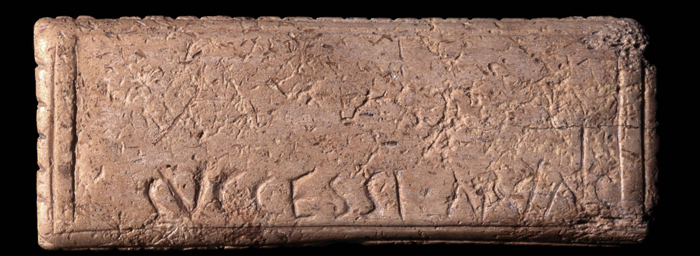El vino en el hinterland del Portus de Saguntum (ss. I a.C.-I d.C.)
DOI:
https://doi.org/10.7203/SAGVNTVM..1895 Abstract
Abstract
Durante la época augustea, el vino fue una de las mercancías más frecuentemente comercializadas dentro del ámbito económico del Imperio Romano.Los ss. 1 a.C. y 1 d. C. presenciaron una verdadera internacionalización del comercio vinícola. Por ello, los puertos fueron un elemento esencial en relación con un municipiumn y con una zona subsidiaria donde se ubicaban las villae productoras de vino, generalmente en situación litoral, aunque algunas de ellas se establecieron más al interior junto a cursos fluviales utilizados como vías de comunicación. En la actualidad, alrededor de cada puerto existe una amplia zona que depende económicamente de él. De la misma manera, el puerto romano de Saguntum dispuso de un amplio hinterland en el que se desarrolló, desde los momentos iniciales del s. 1 a.C., una importante zona vinícola siguiendo el modelo de producción romano. En este artículo reflejamos e interpretamos algunos de los restos arqueológicos relacionados con el vino: villae, alfares, embarcaderos, ánforas (algunas de ellas con marcas impresas).
 Downloads
Downloads
Downloads
Published
How to Cite
-
Abstract363
-
PDF (Español)689
Issue
Section
License
The content of the work is the responsibility of the signing authors and does not express the position or opinion of the Editorial Board.
The works published in this journal are subject to the following terms:
1. The authors retains the property rights (copyright) of published works, and encourages and enable the reuse of the same under the license specified in item 2.
2. The works are published in the electronic edition of the journal under Creative Commons Attribution-ShareAlike 3.0 Spain. You can copy, use, disseminate, transmit and publicly display provided acknowledgment of the authorship, the url, and journal name, and are not used for commercial purposes.
3. The authors agree with the license used by the journal, with the conditions of self-archiving and open access policy.
4. If a published works is used, it should mention the existence and specifications of the license as well as mentioning the author and original source of publication.








